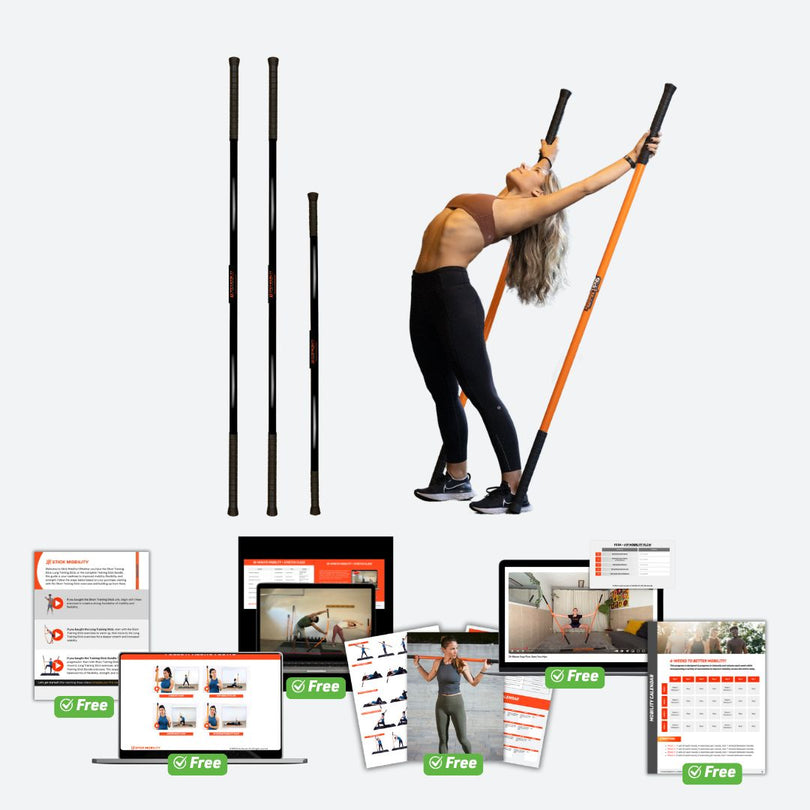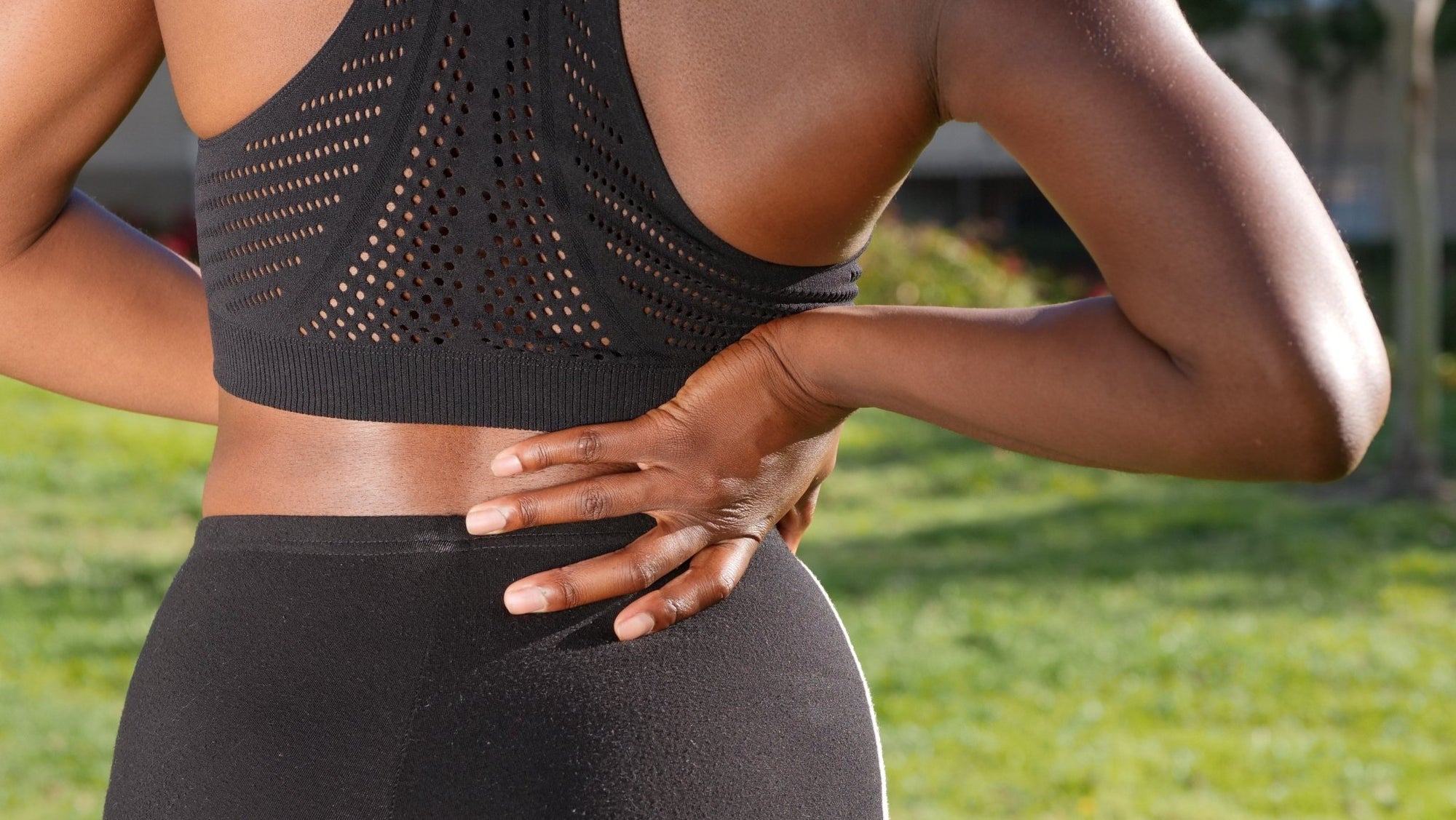By Dennis Dunphy
Optimizing your warmup is important for performance and efficiency. The right routine should serve as a benefit to training before, during and after a workout.
However, we’ve all fallen victim to the typical routine of stretching before we begin our workout or sporting event. This ritual has been passed down from generation to generation like a precious family heirloom. It's often rooted in the old ‘this is the way we’ve always done it’ mentality.

Perhaps we should step back for a moment and think about what exactly we are doing. After all, we used to think the world was flat.
Have you thought about what type of stretching would have the greatest benefit to you? Most people don’t know that different types of warm up drills and stretches even exist. Have you considered tempo (speed) and/or duration? Should the focus of your warmup be aimed at igniting your performance or reducing one's chances of being injured?
Here’s some things to ponder that can help optimize your next warm up:
Typical Stretching
The typical stretching routine tends to be a mindless, zombie-like process that you’re doing because it’s just what we’ve been taught to do. It’s often passive and held statically for way too long.

You may ask, “What kind of pre-workout stretching should I be doing then?”
Studies from years past have shown that static stretching can cause a small reduction in one's performance. These studies were done using high level athletes, which many of us are not.
Most of us will never have the ability (or skill set necessary) to discern how a small decrease in our performance feels. On the flip side, other studies have shown that static stretching significantly reduced the risk of injury. This is something that we would probably prefer for ourselves and our clients. That rate of injury reduction clearly outweighs the reduction in performance for the overwhelming majority of humans. Elite level athletes, on the other hand, will clearly feel and see the reduction in performance.
So how do we satisfy the difference in the demographics?
Active Stretching
Active (isometric) stretching is how we can optimize our warmup and satisfy both issues during pre-workout warm-ups. This will engage the muscle fibers with the connective tissue to prepare the body for the upcoming demands of lengthening and loading.
How long should you hold these stretches?
You’ll want to maintain a short duration and include repetitions, as opposed to your post-workout down-regulating, which will require longer holds. 6-10 seconds is a good window of time for each end range position, and 5-10 reps should have you feeling prepared to attack your workout or competition.
Dynamic Stretching
Another dimension you can add to optimize your pre-workout warmup is dynamic stretching. This is the act of moving in and out of a range of motion.
First, you’ll move slowly with intent and repetition before gradually increasing both the speed and range of motion. You still want to make sure that you’re actively inducing muscle contraction when dynamically stretching.
Most people flail around with very little purpose or intent when they do their version of a “dynamic” warm up. This approach isn’t totally lacking benefits, but you should be looking to optimize your warmup and make it the most effective it can be.
Rotation & Lateral Movement
One of the aspects that’s too often overlooked is the lack of rotation or lateral movement. Power lives in the transverse (rotation) plane, so it’s probably going to be beneficial to wake up those oblique slings. The issues that we think of as primarily sagitally dominant do play a role in supporting rotation of the body.
Lateral line tissues are the glue that connects the anterior (front) and posterior (back) aspects of the human body. They’re involved in every movement you undertake, so don’t ignore them.
Combine all three planes of motion in your preparation, not just individually. The body moves in three dimensions, so optimize your warmup and make sure that you also move in three dimensions to ensure the best results.
Optimizing Warmup Time
The last thing we want to address here is the length of time needed to get yourself fired up and prepared for the upcoming stimuli. This shouldn’t take you forever and a day.

If you haven’t utilized the approaches that we just went over, then you’ll really enjoy the amount of time that they will shave off your warmup. A good 15 minutes should have you feeling ready to tackle any endeavor in front of you. If you feel a little stiffer than usual, you may need a few more minutes. Listen to your body, it’s going to let you know.
A good warmup is one of the most important parts of training. Optimizing your warmup can help you get the most out of your workout, improve results and minimize injuries. Listening to your body is important, and testing different methods will help you find the right combination of routines that will make a significant difference in the long term.




